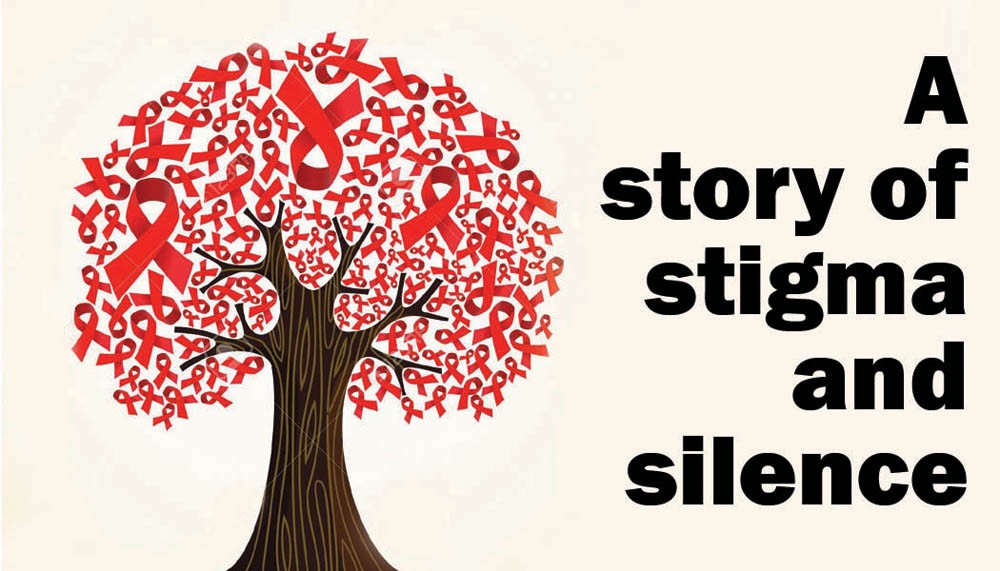
Finding out how prevalent is the HIV in Pakistan today and what is the government doing about it

We don’t know when exactly did we in Pakistan stop talking about HIV/AIDS but stop we did. Does this mean there are no HIV infected people in this country or is it that we are managing them in a way that no further discussion is required -- on the media or at the policy level?
So, why is it that people in this country are still as scared of the name as they were in the 1980s or 90s, a time when they heard about the disease a lot more?
Every few months, we read the news about HIV/AIDS in a sort of roundabout way. Often, it’s about minor thalassemia patients being diagnosed as HIV positive because of infected blood transfusion. Though it says a lot about the sorry state of healthcare in this country, the fear of HIV it induces is palpable.
But, is the fear justified at all? How prevalent is the disease in this country today and what is the government doing about it?
It turns out that Pakistan is facing what is called a "concentrated epidemic" of HIV/AIDS which means the disease is more common among the high risk groups than the general public. Yet with 20,000 new HIV cases in 2016 alone, there is danger that it might turn into a case of "generalised epidemic". Even though the national AIDS control programme puts the figure of HIV positive people in the country at 140,000, officials privately claim the number could be three times as high.
Read also: HIV -- A story of stigma and silence
Still the fear is unjustified; because, the disease is not necessarily fatal as erroneously projected by the media. There is a drug available administered in the form of antiretroviral (ARV) therapy that can "keep the HIV infection from turning into its more dangerous form of Acquired Immune Deficiency Syndrome (AIDS)… possibly even for a lifetime". The drug is provided to Pakistan free of cost by The Global Fund, allowing people "to live a healthy, regular life" and prevents their "body fluids from transferring the virus to anyone else".
The lack of information and awareness about the virus is unfortunate. The number of possible infected patients is a lot more than those who are registered for treatment. Likewise, the number of registered patients is a lot more than those who actually turn up at the centres for treatment. Our Special Report takes a comprehensive look at the state of the prevalence of the disease in this country and its social and political causes.